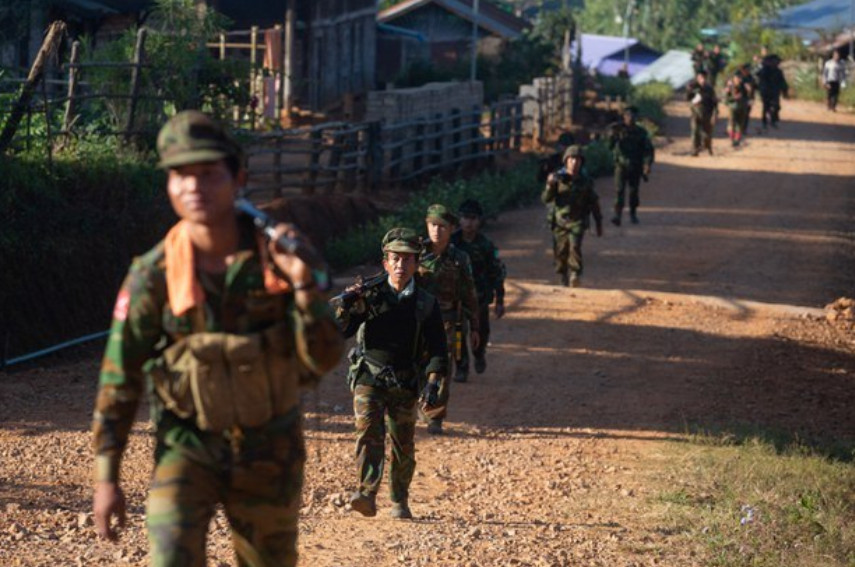“Scalable agent graphics” refers to graphical representations of agents or entities within a system that can be dynamically adjusted or scaled to accommodate varying levels of detail or complexity.
These graphics are commonly used in computer simulations, video games, virtual environments, and other interactive systems where a large number of agents need to be depicted simultaneously without overwhelming computational resources or sacrificing visual fidelity.









Here are some key characteristics and considerations for scalable agent graphics:
Level of Detail (LOD): Scalable agent graphics often employ LOD techniques to dynamically adjust the level of detail based on factors such as distance from the viewer, importance of the agent, and available computational resources. This ensures that agents are represented with higher detail when they are close to the viewer and with lower detail when they are far away.
Performance Optimization: To achieve scalability, graphics engines employ various optimization techniques such as culling (removing objects that are not visible), batching (combining multiple objects into a single draw call), and instancing (rendering multiple instances of the same object with a single draw call). These optimizations help maintain high frame rates even when rendering large numbers of agents.
Adaptive Rendering: Adaptive rendering techniques dynamically adjust rendering settings, such as texture quality, shader complexity, and shadow resolution, based on factors such as the number of agents on screen, the complexity of the scene, and the performance of the hardware.
Dynamic Population Control: Scalable agent graphics systems may dynamically adjust the population of agents based on factors such as the player’s proximity, the level of activity in the scene, and the available computational resources. This helps maintain a consistent level of visual detail while ensuring optimal performance.
Procedural Generation: In some cases, scalable agent graphics systems may use procedural generation techniques to generate agents and their associated graphics dynamically. This allows for a virtually unlimited number of agents to be rendered without pre-defined assets, enabling highly scalable environments.
Artistic Considerations: While scalability and performance are crucial, it’s also important to consider the artistic aspects of scalable agent graphics. Designing visually appealing representations of agents that can scale across different levels of detail without sacrificing recognizability or immersion is a key challenge in this field.
Overall, scalable agent graphics play a vital role in creating immersive and interactive digital environments where large numbers of agents need to be depicted in real-time without compromising performance or visual quality.

Leave a Reply